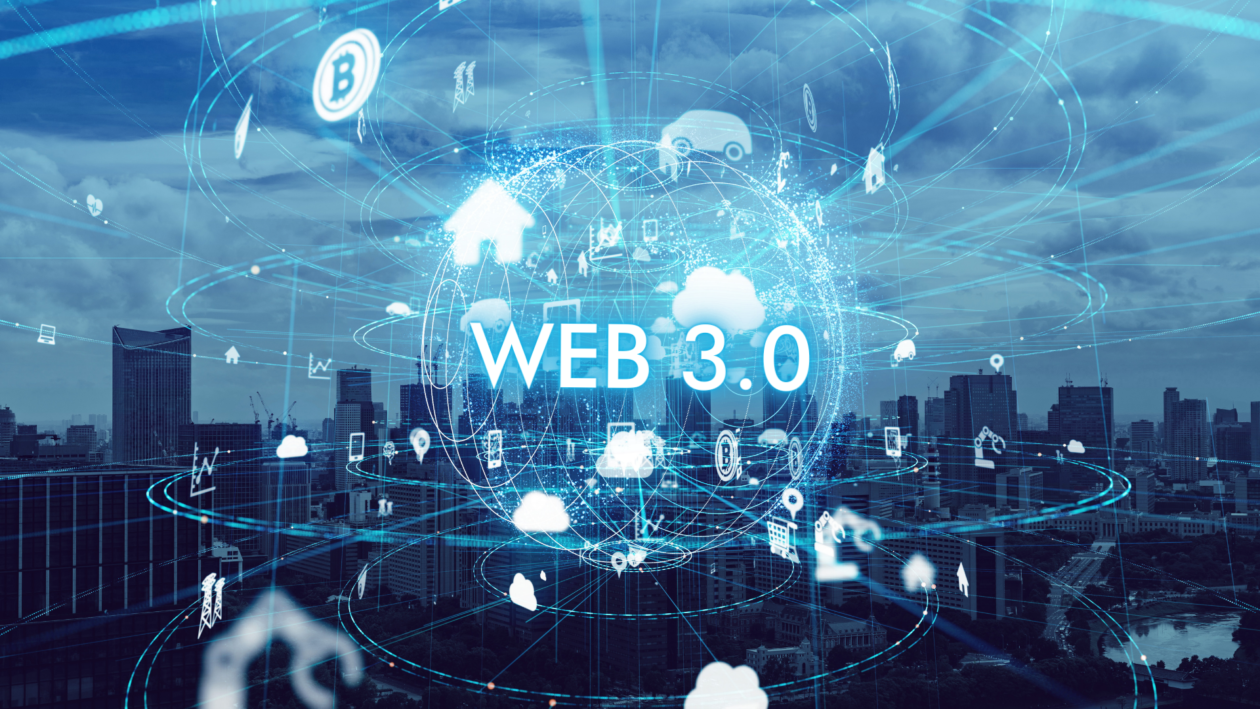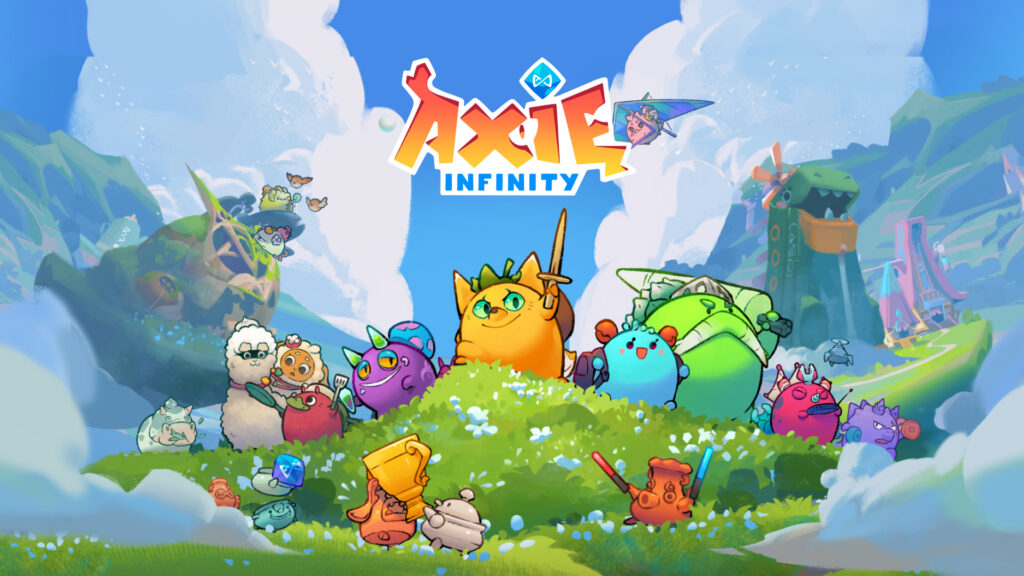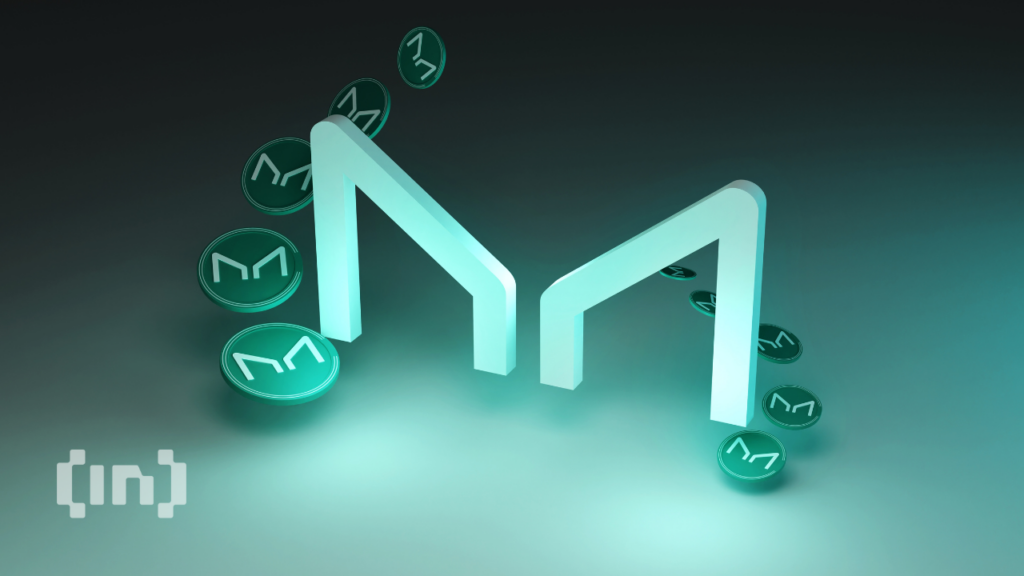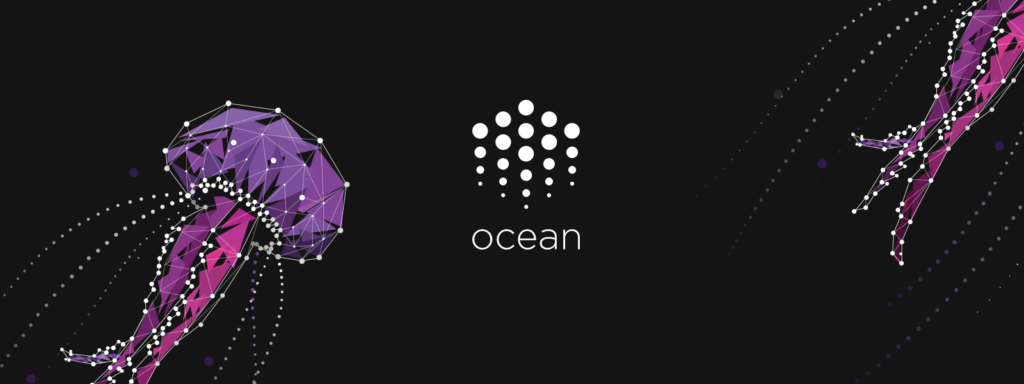

The internet as we know it is changing, and Web3 is at the forefront of this change. The internet started as a means of sharing information, but it has now evolved into a platform for collaboration, communication, and commerce. Web3 aims to take this evolution one step further by introducing decentralization, trust, security, and most importantly ownership to the internet. In this article, we will explore what Web3 is and examine some of the unique use cases and innovations that are shaping the future of the internet.
What is Web3?
Web3 is the next iteration of the internet, also known as the decentralised web. It is a network of decentralised technologies that provide users with more control and ownership of their data, identity, and assets. The decentralised web is based on blockchain technology that enables peer-to-peer interaction without the need for intermediaries. This means that users can interact with each other directly, without relying on centralised authorities such as governments or corporations. We talk about Web3 in more detail in our previous article titled What Is Web3 And Its Impact On Digital Marketing?
Web3 is built on three main pillars:
1. Decentralisation: Web3 is decentralized, meaning that there is no central authority controlling the network. Instead, the network is powered by a community of users who collectively maintain and update the network.
2. Interoperability: Web3 is interoperable, meaning that different decentralised technologies can interact with each other seamlessly. This allows for the creation of complex decentralised applications that can leverage the strengths of multiple technologies.
3. Trust and Security: Web3 is designed to be trustless, meaning that users can interact with each other without the need for trust. Transactions on the network are secured through cryptography, making them impossible to alter or counterfeit.
Unique Use Cases of Web3
Web3 is still in its infancy, but it has already demonstrated its potential to disrupt a wide range of industries. With the rapid development of Web3 we are seeing more and more use cases emerge in the market, this allows us to believe that the technology is here to stay and revolutionise the world as we know it. To highlight Web3 in a better way we will share below some unique use cases that is brought forward with this technology.
Decentralised Finance (DeFi)
Decentralised finance (DeFi) is one of the most popular use cases of Web3. DeFi applications are built on blockchain technology and allow users to access financial services without the need for intermediaries. This means that users can lend, borrow, and trade cryptocurrencies without relying on banks or other financial institutions.

Uniswap, a decentralised exchange that allows users to trade cryptocurrencies without the need for a centralised exchange. Uniswap uses an automated market maker (AMM) model to provide liquidity to the market. It has become one of the largest decentralised exchanges, with over $1 billion in daily trading volume.
Another popular DeFi project is Aave, a decentralised lending platform that allows users to borrow cryptocurrencies without the need for a centralised lender. Aave uses a unique flash loan mechanism that allows users to borrow funds instantly and without collateral.
Web3 Gaming
Web3 is also transforming the gaming industry by enabling the creation of decentralised games that are owned and controlled by their players. Web3 games use non-fungible tokens (NFTs) to represent in-game assets, such as weapons, characters, and skins. Players can buy, sell, and trade these assets on decentralised marketplaces. This model of known as Play-to-Earn (P2E) which allows gamers to monetize their gaming skills and make a living while spending time in their favorite games.

Axie Infinity, a game in which players can breed and battle creatures called Axies. Axie Infinity has become a phenomenon in the gaming world, with players earning thousands of dollars by playing the game and trading Axies on decentralised marketplaces.
Another popular Web3 game is The Sandbox, a game in which players can create, share, and monetize their own virtual worlds. The Sandbox uses NFTs to represent the virtual land, which can be bought, sold, and developed by the players.
Web3 Social Networks
Web3 is also enabling the creation of decentralised social networks that are owned and controlled by their users. Web3 social networks use blockchain technology to provide users with more control over their data and privacy. Some prominent social media platforms like Twitter and Instagram are already adapting Web3 elements into their products. For example, Twitter allows users to use their NFTs as profile pictures (known as PFPs) which is proven through the blockchain, allowing them to have a unique hexagon over their profile, this indicates ownership of the NFT and a proven record through the blockchain. A simple, yet powerful use case showcasing the true meaning of Web3 which is giving ownership to the users on the internet.
BitClout, a decentralised social network that allows users to invest in other users based on their popularity. BitClout uses a unique blockchain-based protocol that enables users to create their own tokens and leverage their popularity to increase their value.
Innovations in Web3
Web3 is a constantly evolving ecosystem, and there are many innovations that are shaping its future. Below are some of the most promising Web3 innovations that are reshaping the thought process of businesses and leaders in different industries.
Decentralised Autonomous Organisations (DAOs)
Decentralised autonomous organisations (DAOs) are organizations that are run by code instead of people. DAOs use blockchain technology to enable decentralised decision-making and governance. This means that members of a DAO can vote on proposals and make decisions without the need for intermediaries.

MakerDAO, a decentralised organization that governs the Maker protocol. The Maker protocol is a DeFi project that allows users to borrow stablecoins using their cryptocurrencies as collateral.
Another promising DAO is MolochDAO, a DAO that is focused on funding Ethereum-based projects. MolochDAO has already funded several successful projects, including MetaCartel and Gitcoin.
Web3 Identity
Web3 identity is a new approach to digital identity that is based on decentralised technologies. Web3 identity allows users to own and control their identity, without relying on centralised authorities. This means that users can maintain their privacy and control over their data.
One of the most promising Web3 identity projects is uPort, a decentralised identity platform that allows users to create and manage their own digital identity. uPort uses blockchain technology to provide users with more control over their identity and privacy.
BrightID, a decentralised identity platform that uses social networks to verify users’ identity. BrightID uses a unique social graph algorithm that enables users to prove their uniqueness and avoid sybil attacks.
Web3 Data
Web3 data is a new approach to data that is based on decentralised technologies. Web3 data allows users to own and control their data, without relying on centralised data brokers. This means that users can maintain their privacy and control over their data.

Ocean Protocol, a decentralised data exchange that allows users to buy and sell data without relying on centralised data brokers. Ocean Protocol uses blockchain technology to provide users with more control over their data and privacy.
Filecoin, a decentralised storage network that allows users to store and retrieve data in a trustless and decentralised way. Filecoin uses a unique proof-of-replication mechanism that ensures that data is stored securely and redundantly.
Conclusion
Web3 is a revolutionary technology that is transforming the internet as we know it. By introducing decentralisation, trust, security, and ownership to the internet, Web3 is enabling new use cases and innovations that were previously impossible. From DeFi to Web3 gaming to Web3 social networks, the potential of Web3 is vast and exciting. As Web3 continues to evolve, we can expect to see even more unique use cases and innovations that will shape the future of the internet. For any Web3 project to succeed it’s crucial to work with the right partners especially when it comes to marketing the project and taking it to the market. At what. we are specialised in Web3 marketing, brand transformation, and more.
